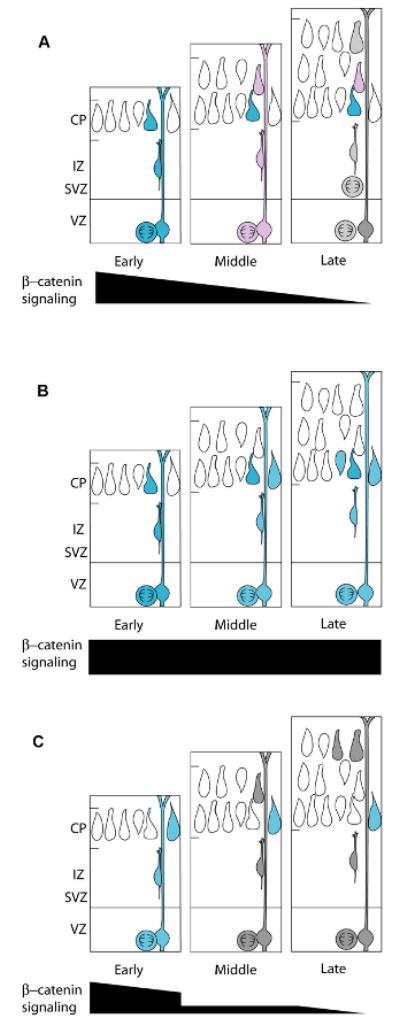Figure 8. Model for the role of β-catenin signaling in determining laminar fate.

In wild-type VZ progenitors (A), β-catenin signaling levels decrease throughout neurogenesis allowing for the production of progressively more superficial layers of projection neurons (depicted as blue = high, pink = medium, and gray = low signaling precursors and daughters. The progressive reduction in β-catenin signaling parallels the gradual restriction in the potential for later gestation precursors to generate deep-layer neurons. (B) When β-catenin signaling is enhanced in VZ precursors (blue), the timing of precursor maturity is shifted so that they resemble more immature, deep-layer progenitors. (C) When β-catenin signaling is inhibited in VZ precursors (gray cells), precursors resemble later precursors, and upper layer neurons are produced earlier in neurogenesis.
